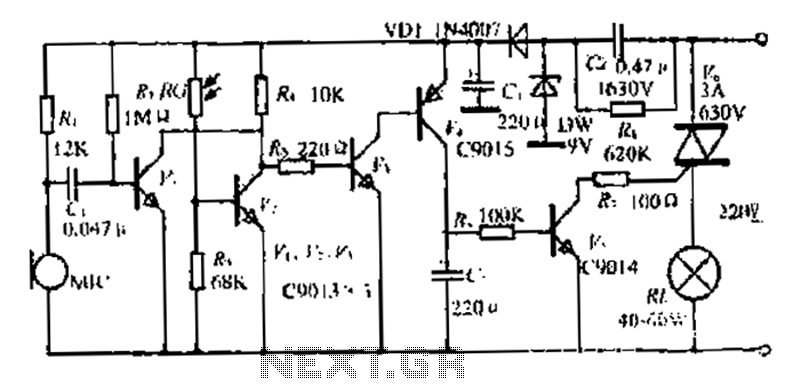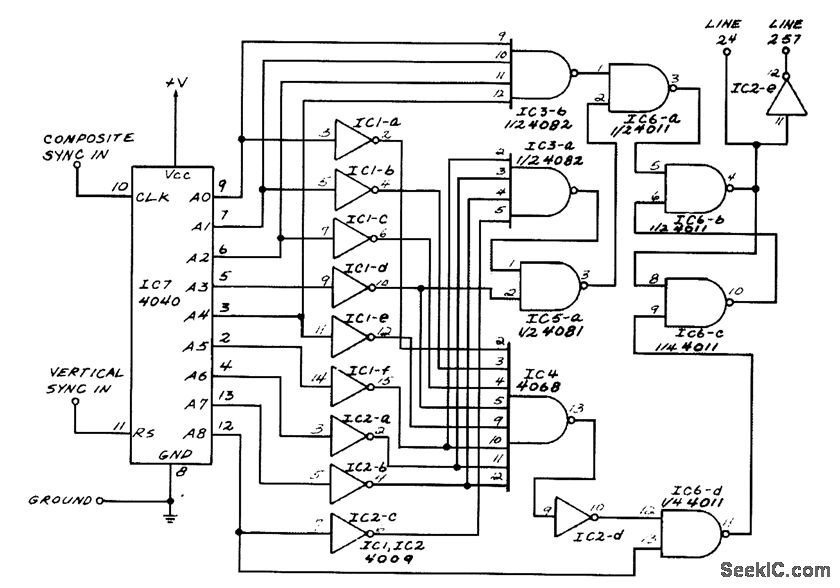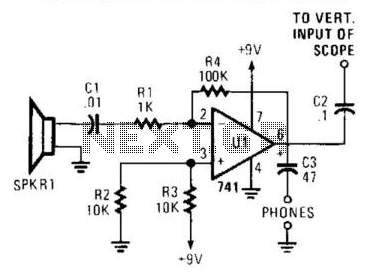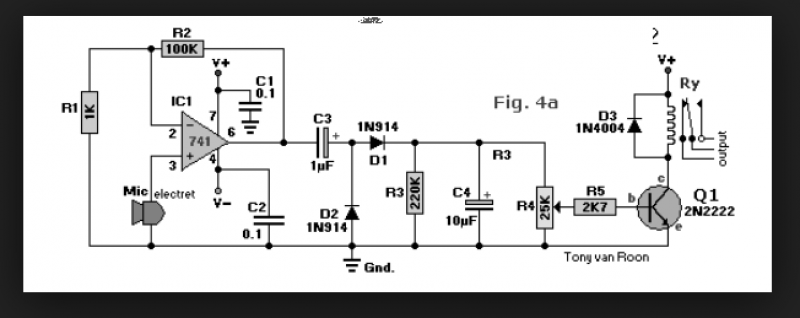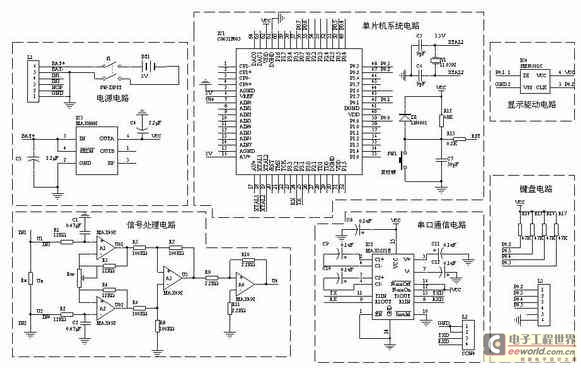
Small Surround Sound Decoder
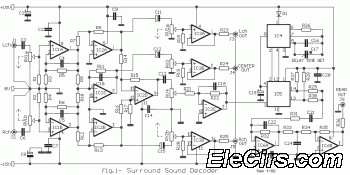
This is a surround sound decoder. With this circuit, you can divide the 2-channel (right and left channel) stereo output into 4-channel output, which includes the right channel, left channel, center output, and rear output. This circuit will enhance your audio sound system.
The surround sound decoder circuit functions by processing the stereo audio signals and distributing them into multiple channels to create an immersive audio experience. The circuit typically requires a power supply, operational amplifiers, and various passive components such as resistors and capacitors to ensure signal integrity and proper channel separation.
The input stage of the decoder accepts a standard stereo audio signal, which is then fed into a differential amplifier configuration. This stage is crucial for isolating the left and right audio channels. Following this, the circuit employs matrixing techniques to derive the center and rear channel outputs. The center channel is often generated by summing the left and right channels, while the rear channels may be created by applying specific filtering techniques to the stereo inputs to extract ambient sound information.
Additionally, the circuit may feature adjustable gain settings for each output channel to ensure balanced audio levels across the system. The use of high-quality capacitors and resistors can significantly affect the overall performance of the decoder, influencing factors such as frequency response and distortion levels. Proper grounding and layout considerations are also essential to minimize noise and interference, which can detract from the audio quality.
In summary, this surround sound decoder circuit is designed to enrich audio systems by transforming a standard stereo output into a multi-channel experience, enhancing the overall sound quality and immersion for the listener.This is surround sound decoder. With this circuit, you can divide the 2 channel (R and L channel) stereo output become 4 channel output that are R channel, L channel, Center out and Rear out. This circuit will enrich your audio sound system.. 🔗 External reference
The surround sound decoder circuit functions by processing the stereo audio signals and distributing them into multiple channels to create an immersive audio experience. The circuit typically requires a power supply, operational amplifiers, and various passive components such as resistors and capacitors to ensure signal integrity and proper channel separation.
The input stage of the decoder accepts a standard stereo audio signal, which is then fed into a differential amplifier configuration. This stage is crucial for isolating the left and right audio channels. Following this, the circuit employs matrixing techniques to derive the center and rear channel outputs. The center channel is often generated by summing the left and right channels, while the rear channels may be created by applying specific filtering techniques to the stereo inputs to extract ambient sound information.
Additionally, the circuit may feature adjustable gain settings for each output channel to ensure balanced audio levels across the system. The use of high-quality capacitors and resistors can significantly affect the overall performance of the decoder, influencing factors such as frequency response and distortion levels. Proper grounding and layout considerations are also essential to minimize noise and interference, which can detract from the audio quality.
In summary, this surround sound decoder circuit is designed to enrich audio systems by transforming a standard stereo output into a multi-channel experience, enhancing the overall sound quality and immersion for the listener.This is surround sound decoder. With this circuit, you can divide the 2 channel (R and L channel) stereo output become 4 channel output that are R channel, L channel, Center out and Rear out. This circuit will enrich your audio sound system.. 🔗 External reference
